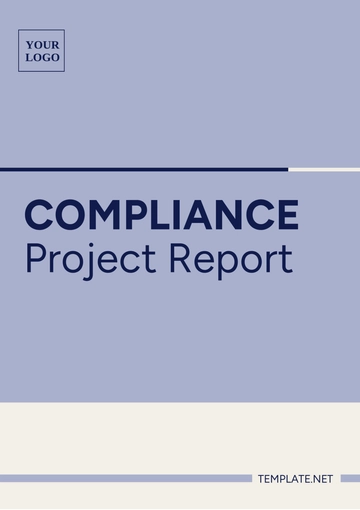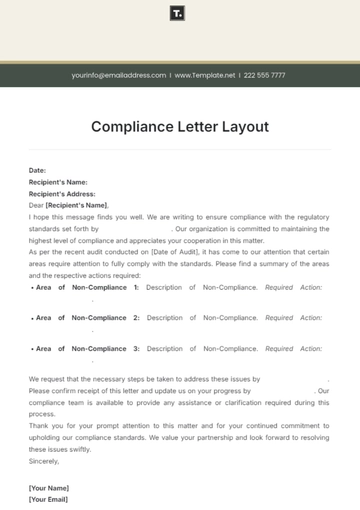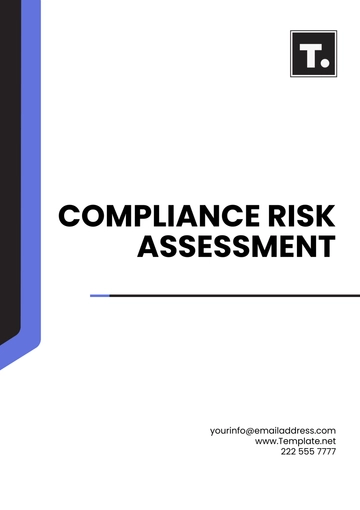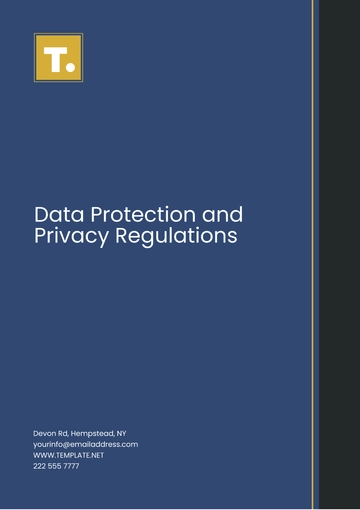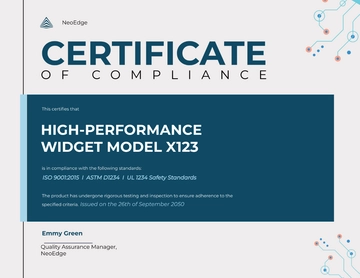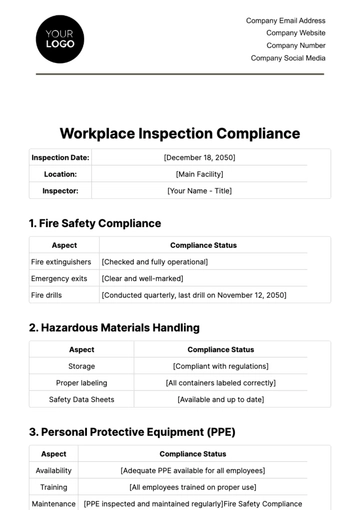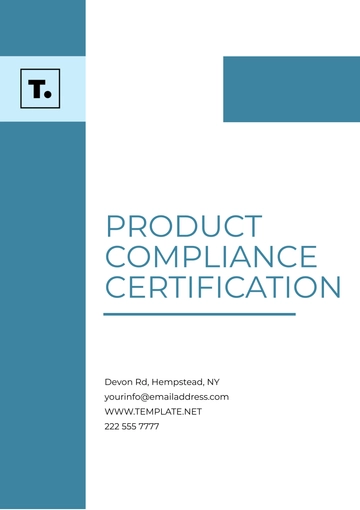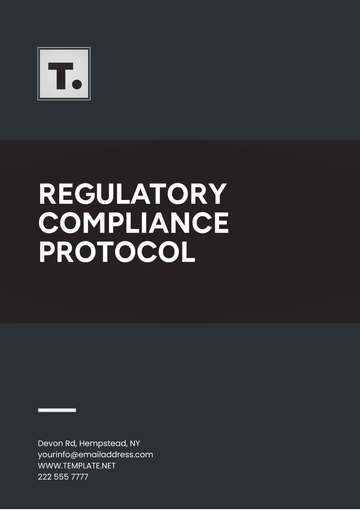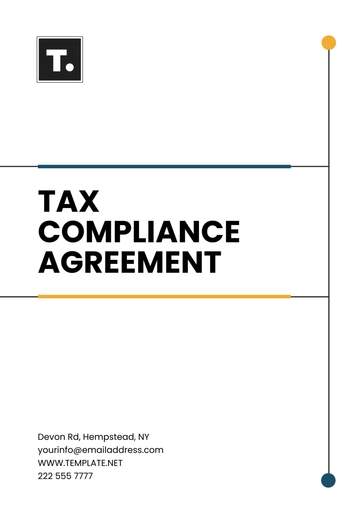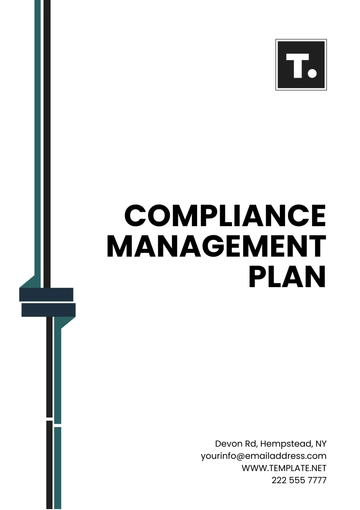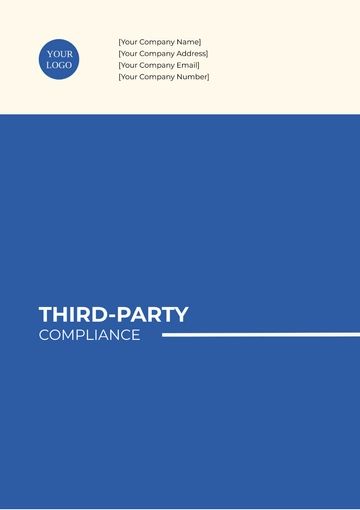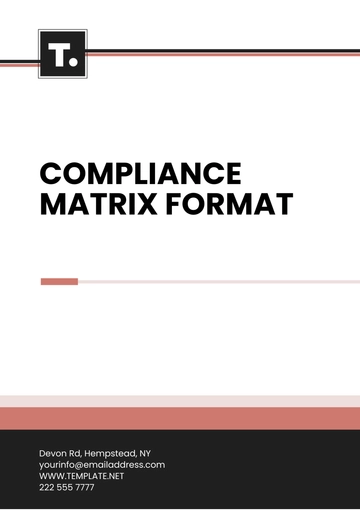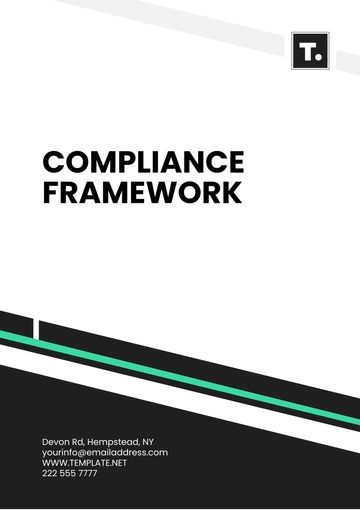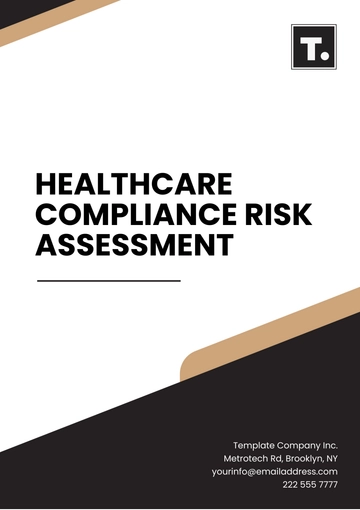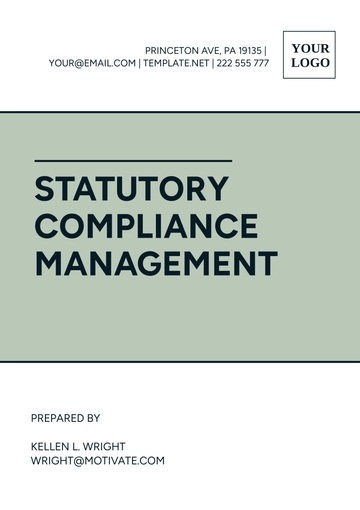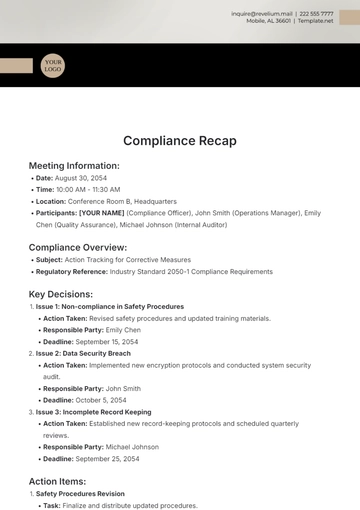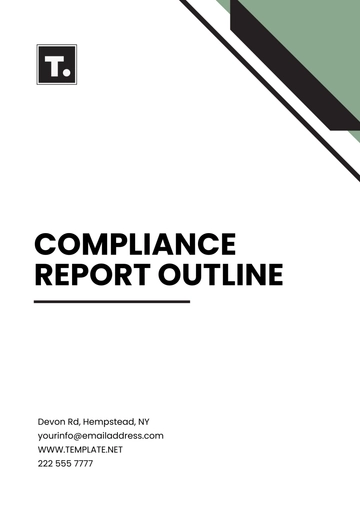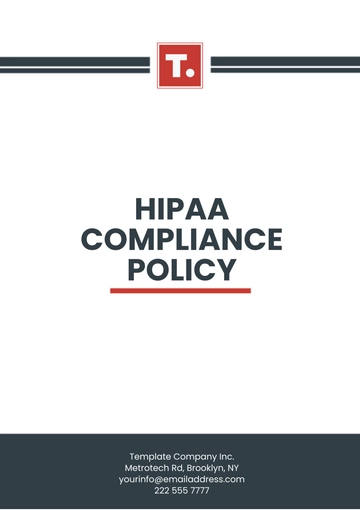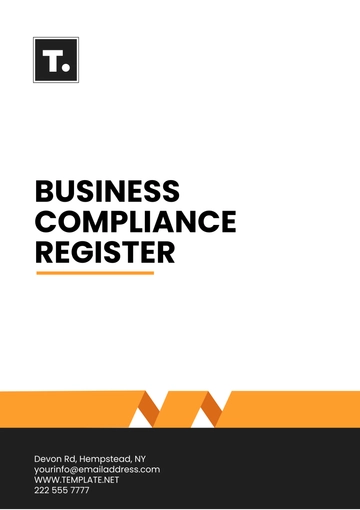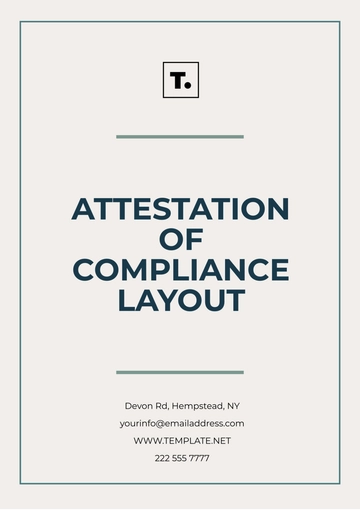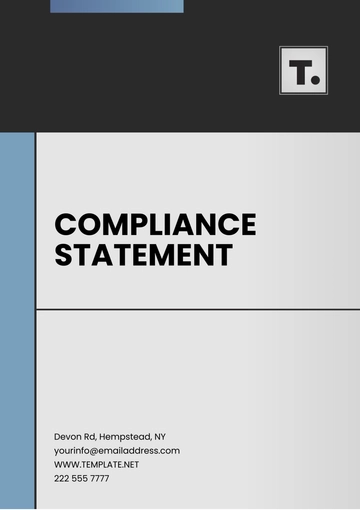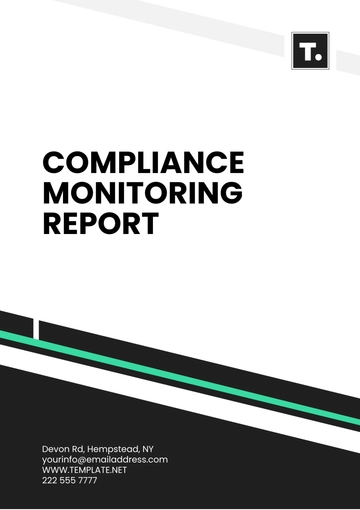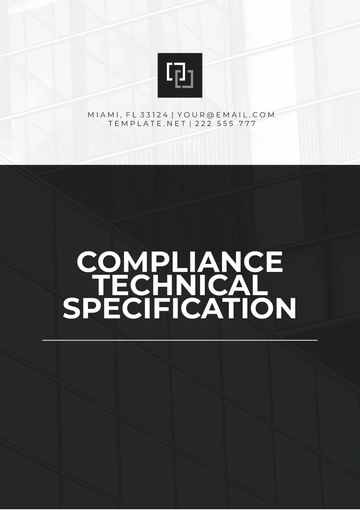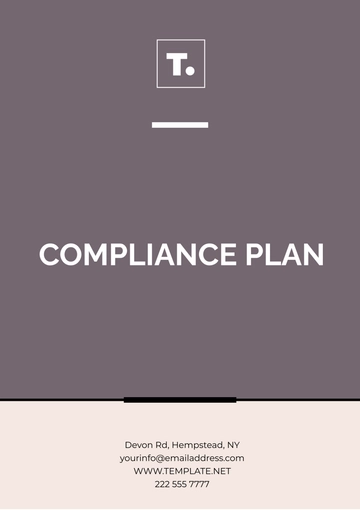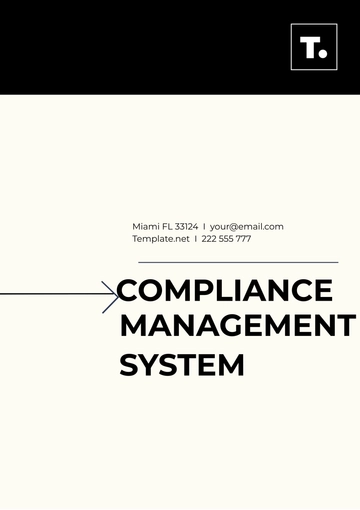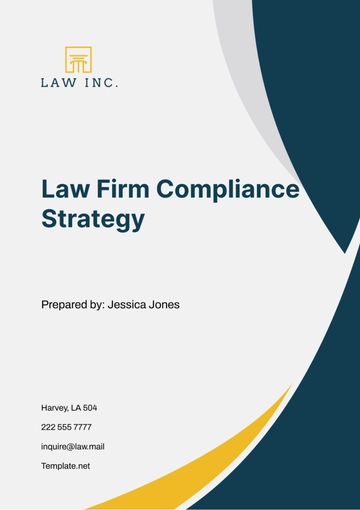Free Nursing Home Data Privacy and Security Compliance Guide
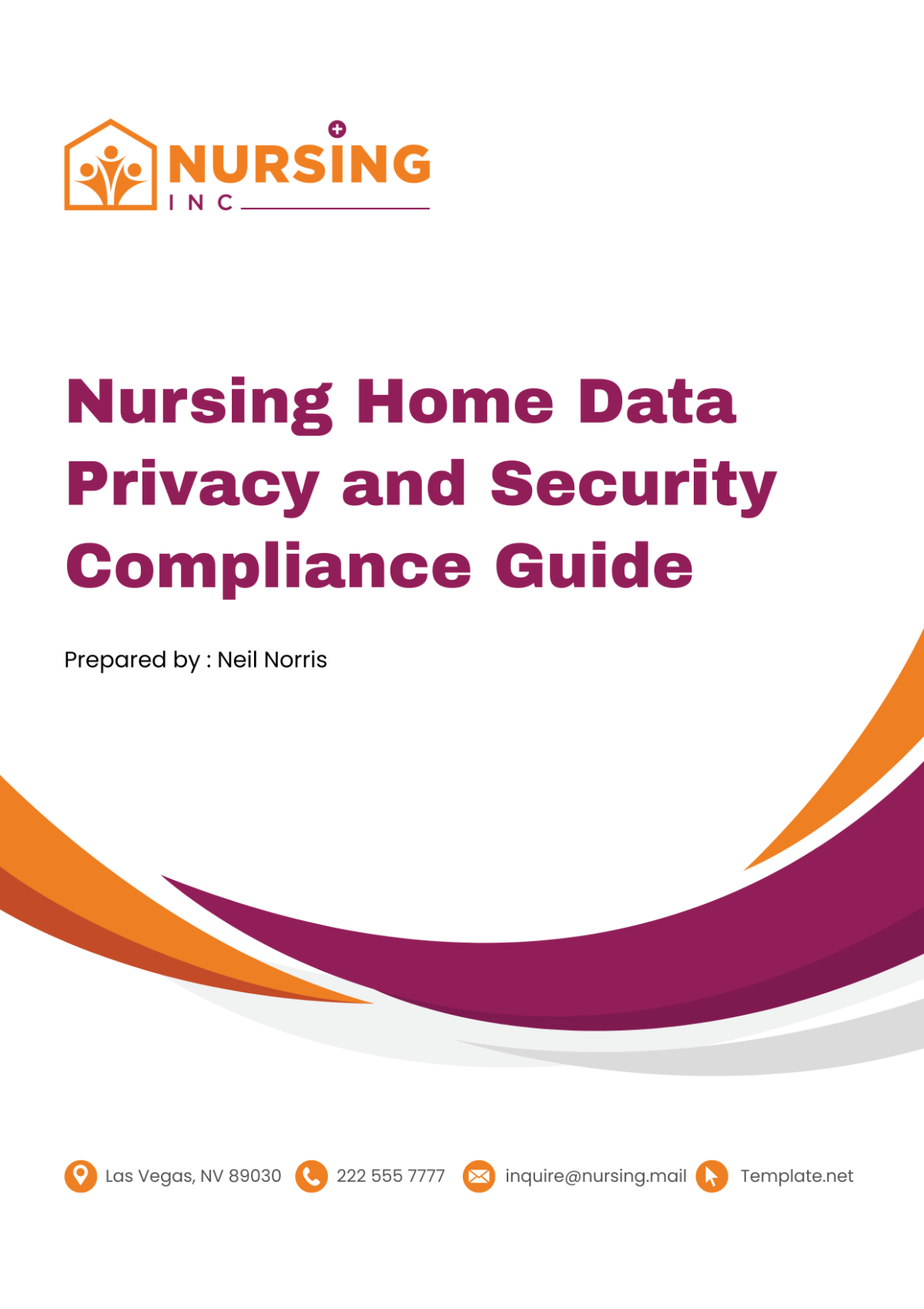
I. Introduction
A. Purpose of the Guide
The purpose of this guide is to provide nursing home administrators, staff, and other relevant stakeholders with comprehensive information and guidance on maintaining compliance with data privacy and security regulations specific to the healthcare industry. By following the recommendations outlined in this guide, nursing homes can protect residents' sensitive information and uphold their privacy rights while ensuring compliance with relevant laws and regulations.
B. Overview of Data Privacy and Security Requirements in Nursing Homes
Nursing homes are entrusted with sensitive health information of residents and are thus subject to stringent regulations aimed at safeguarding this data. Compliance with laws such as HIPAA and the HITECH Act is essential to prevent breaches, unauthorized disclosures, and potential legal consequences. This guide serves as a roadmap for navigating the complex landscape of data privacy and security in nursing home settings, providing practical strategies and best practices for implementation.
II. Legal and Regulatory Framework
A. Overview of Relevant Laws and Regulations
In addition to HIPAA and the HITECH Act, nursing homes must adhere to other federal and state laws governing healthcare privacy and security, such as the Omnibus Rule and state-specific regulations. Understanding these laws and their implications is crucial for ensuring compliance and avoiding penalties or sanctions. This section provides a comprehensive overview of the legal framework within which nursing homes operate, helping stakeholders grasp the complexities of data privacy and security compliance.
B. Explanation of Key Terms and Concepts
Clear definitions of key terms such as PHI, covered entity, business associate, and minimum necessary standard are provided to aid in understanding the regulatory landscape. Clarity on terminology is essential for stakeholders to interpret and apply regulations correctly, reducing the risk of non-compliance and potential breaches.
III. Scope of Compliance
A. Covered Entities
Nursing homes, as covered entities under HIPAA, are obligated to comply with its provisions, including maintaining the privacy and security of resident health information. This extends to any entity that electronically transmits, accesses, or maintains resident health records. Understanding the scope of covered entities ensures that nursing homes accurately assess their compliance obligations and implement appropriate safeguards.
B. Types of Data Covered
Resident health information encompasses a wide range of data, including medical records, treatment histories, billing information, and demographic details. Recognizing the various forms of data covered by HIPAA helps nursing homes establish comprehensive privacy and security protocols that address all potential areas of vulnerability.
IV. Data Privacy Policies and Procedures
A. Patient Confidentiality Policies
Nursing homes must establish robust policies and procedures to protect the confidentiality of resident health information, ensuring that only authorized personnel have access to sensitive data. Clear guidelines on data access, disclosure, and sharing help maintain residents' trust and privacy rights. Regular training and reinforcement of confidentiality policies among staff members are essential to foster a culture of privacy and compliance.
B. Data Collection and Use Policies
Policies governing the collection and use of resident information should outline permissible purposes for data usage, such as treatment, payment, and healthcare operations. Residents should be informed about how their information will be used and provided with opportunities to consent or opt-out of certain uses. Transparent communication regarding data practices promotes trust and empowers residents to exercise control over their information.
V. Data Security Measures
A. Administrative Safeguards
Administrative safeguards encompass policies, procedures, and processes designed to manage the overall security of resident health information. Assigning responsibility for security management, conducting regular risk assessments, and implementing workforce training programs are critical components of effective administrative safeguards. By establishing a culture of security awareness and accountability, nursing homes can mitigate risks and prevent unauthorized access to sensitive data.
B. Physical Safeguards
Physical safeguards involve measures to protect the physical security of resident health information, both in digital and paper formats. Secure facility access controls, workstation security protocols, and guidelines for the disposal of paper records help prevent unauthorized access, theft, or loss of sensitive data. Implementing robust physical safeguards ensures that resident information remains confidential and protected against potential breaches.
C. Technical Safeguards
Technical safeguards encompass the use of technology to protect the confidentiality, integrity, and availability of resident health information. Implementing access controls, encryption mechanisms, and audit trails for electronic health records (EHRs) helps prevent unauthorized access or tampering with sensitive data. Regular monitoring and updating of technical safeguards ensure that nursing homes remain resilient against evolving cybersecurity threats and vulnerabilities.
VI. Vendor Management
A. Vendor Selection Criteria
When selecting vendors who have access to resident health information, nursing homes should prioritize those that demonstrate strong security measures and compliance with relevant regulations. Factors such as vendor reputation, security certifications, and contractual obligations should be considered during the selection process. Thorough due diligence helps mitigate the risks associated with third-party access to sensitive data.
B. Business Associate Agreements
Nursing homes must enter into business associate agreements (BAAs) with vendors who have access to resident health information, outlining each party's responsibilities regarding data protection and compliance. BAAs should include provisions for security safeguards, breach notification procedures, and indemnification clauses. Executing comprehensive BAAs helps establish clear expectations and legal obligations, ensuring that vendors uphold the same standards of privacy and security as the nursing home.
C. Oversight and Monitoring of Vendors
Once vendor relationships are established, nursing homes should maintain ongoing oversight and monitoring to ensure compliance with contractual obligations and regulatory requirements. Regular audits, performance reviews, and assessments of vendor security practices help identify and address potential risks or vulnerabilities. By actively managing vendor relationships, nursing homes can mitigate the risk of data breaches and maintain the integrity of resident health information.
VII. Incident Response and Breach Notification
A. Incident Response Plan Development
Nursing homes should develop comprehensive incident response plans outlining procedures for identifying, containing, and mitigating data security incidents. These plans should designate roles and responsibilities, establish communication protocols, and provide guidance on notifying affected individuals, regulatory authorities, and other stakeholders.
B. Reporting and Investigation Procedures
Clear reporting and investigation procedures should be established to ensure prompt detection and response to data security incidents. Staff members should be trained to recognize and report suspicious activities, and designated incident response teams should be equipped to conduct thorough investigations.
C. Breach Notification Requirements
Nursing homes are required to notify affected individuals, the Department of Health and Human Services (HHS), and potentially other entities in the event of a data breach involving resident health information. Timely notification is essential to mitigate harm and comply with legal obligations.
D. Coordination with Regulatory Agencies and Law Enforcement
Nursing homes should establish protocols for coordinating with regulatory agencies and law enforcement authorities in the event of a data breach. Collaboration with these entities can help facilitate investigations, minimize the impact of breaches, and ensure compliance with reporting requirements.
VIII. Training and Awareness Programs
A. Staff Training on Data Privacy and Security Policies
Nursing homes should provide regular training sessions to staff members on data privacy and security policies, procedures, and best practices. Training should be tailored to the roles and responsibilities of different staff members and should include modules on recognizing and responding to security threats.
B. Security Awareness Programs for Employees
Ongoing security awareness programs should be implemented to reinforce staff understanding of data privacy and security principles. These programs may include newsletters, posters, quizzes, and simulated phishing exercises to promote vigilance and adherence to security protocols.
C. Ongoing Education and Training Initiatives
Continuous education and training initiatives should be integrated into the nursing home's culture to keep staff members informed about emerging threats and regulatory updates. Regular refresher courses and certification programs help ensure that staff members remain competent and up-to-date on data privacy and security requirements.
IX. Audits and Assessments
A. Regular Audits of Data Privacy and Security Controls
Nursing homes should conduct regular audits and assessments of their data privacy and security controls to identify vulnerabilities, gaps, and areas for improvement. Internal audits may be supplemented by external assessments conducted by independent third parties.
B. Risk Assessments and Vulnerability Scans
Risk assessments and vulnerability scans should be performed periodically to identify potential threats and weaknesses in the nursing home's information systems. Findings should be documented, and remediation plans should be developed and implemented promptly.
C. Corrective Action Planning and Implementation
Nursing homes should develop corrective action plans to address findings from audits, assessments, and risk analyses. These plans should prioritize remediation efforts based on the severity of identified risks and allocate resources accordingly.
X. Documentation and Record-Keeping
A. Record-Keeping Requirements
Nursing homes should maintain detailed records documenting their data privacy and security activities, including policies, procedures, training materials, incident reports, and audit findings. Comprehensive documentation is essential for demonstrating compliance with legal and regulatory requirements and facilitating audits or investigations.
B. Document Retention Policies
Document retention policies should be established to govern the retention and disposal of records containing resident health information. These policies should comply with applicable legal requirements and specify retention periods for different types of records.
C. Documenting Compliance Activities and Incidents
Nursing homes should document all compliance activities, including staff training sessions, security assessments, incident response activities, and breach notifications. Accurate and thorough documentation provides a historical record of the nursing home's efforts to maintain data privacy and security.
XI. Resources and References
A. References to Relevant Laws, Regulations, and Guidelines
This section provides references to relevant laws, regulations, guidelines, and industry standards governing data privacy and security in nursing home settings. Stakeholders can refer to these resources for further information and guidance on compliance requirements.
B. Additional Resources for Further Information and Assistance
Additional resources, such as websites, publications, training materials, and professional organizations, are provided to support nursing homes in their efforts to maintain data privacy and security. These resources may offer tools, templates, and best practices for enhancing compliance and addressing specific challenges.
- 100% Customizable, free editor
- Access 1 Million+ Templates, photo’s & graphics
- Download or share as a template
- Click and replace photos, graphics, text, backgrounds
- Resize, crop, AI write & more
- Access advanced editor
Manage data privacy and security in nursing homes effortlessly with the Nursing Home Data Privacy and Security Compliance Guide Template from Template.net. This editable and customizable guide is equipped with an AI Editor Tool, ensuring ease of customization to meet your facility's unique needs. Protect resident information effectively while staying compliant with regulations.

